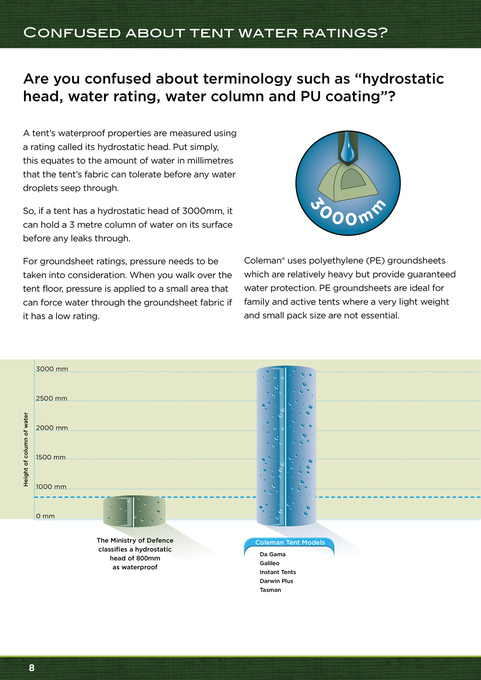- Page 1
- Page 2
- Page 3
- Page 4
- Page 5
- Page 6
- Page 7
- Page 8
- Page 9
- Page 10
- Page 11
- Page 12
- Page 13
- Page 14
- Page 15
- Page 16
- Page 17
- Page 18
- Page 19
- Page 20
- Page 21
- Page 22
- Page 23
- Page 24
- Page 25
- Page 26
- Page 27
- Page 28
- Page 29
- Page 30
- Page 31
- Page 32
- Page 33
- Page 34
- Page 35
- Page 36
- Page 37
- Page 38
- Page 39
- Page 40
- Page 41
- Page 42
- Page 43
- Page 44
- Page 45
- Page 46
- Page 47
- Page 48
- Flash version
© UniFlip.com
- Page 2
- Page 3
- Page 4
- Page 5
- Page 6
- Page 7
- Page 8
- Page 9
- Page 10
- Page 11
- Page 12
- Page 13
- Page 14
- Page 15
- Page 16
- Page 17
- Page 18
- Page 19
- Page 20
- Page 21
- Page 22
- Page 23
- Page 24
- Page 25
- Page 26
- Page 27
- Page 28
- Page 29
- Page 30
- Page 31
- Page 32
- Page 33
- Page 34
- Page 35
- Page 36
- Page 37
- Page 38
- Page 39
- Page 40
- Page 41
- Page 42
- Page 43
- Page 44
- Page 45
- Page 46
- Page 47
- Page 48
- Flash version
© UniFlip.com

Confused about tent water ratings?
Are you confused about terminology such as “hydrostatic head, water rating, water column and PU coating”?
A tent’s waterproof properties are measured using a rating called its hydrostatic head. Put simply, this equates to the amount of water in millimetres that the tent’s fabric can tolerate before any water droplets seep through. So, if a tent has a hydrostatic head of 3000mm, it can hold a 3 metre column of water on its surface before any leaks through. For groundsheet ratings, pressure needs to be taken into consideration. When you walk over the tent floor, pressure is applied to a small area that can force water through the groundsheet fabric if it has a low rating. Coleman® uses polyethylene (PE) groundsheets which are relatively heavy but provide guaranteed water protection. PE groundsheets are ideal for family and active tents where a very light weight and small pack size are not essential.
3000 mm
2500 mm
Height of column of water
2000 mm
1500 mm
1000 mm
0 mm
The Ministry of Defence classifies a hydrostatic head of 800mm as waterproof
Coleman Tent Models
Da Gama Galileo Instant Tents Darwin Plus Tasman
8